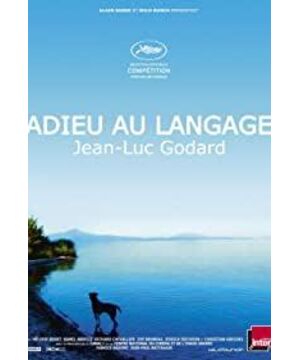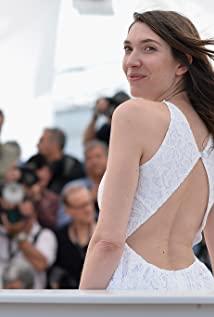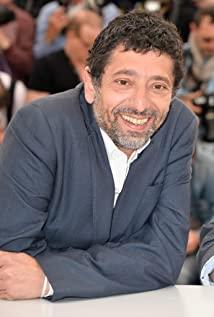I knew earlier that this was Godard's first 3D movie. When I saw the news of the release, I was ready to be physically and mentally abused. But when I watched this movie, I still angered myself for more than half a month. As the 8 o'clock in the evening, the attendance rate of Les Halles is not bad, about 40%, although it is basically a middle-aged audience, I think it is all iron fans.
If you go back to the movie itself, the question most people may have is, can such a movie still be called a movie?
After the arrival of the digital age, filmmakers have switched to digital shooting and digital post-production. As a result, the originally clearly visible gap between video and film has gradually disappeared in the history of science and technology. Even when we were in the course of contemporary art history, we had to have a short section dedicated to explaining the big difference between art video and film from a technical perspective.
But now that the technology develops, there is no huge distinction between video and film technology. Even the storage media of the two are already digital copies, and even the difference in the projection link is minimal.
The question afterwards is whether the film can be like an art video, not caring about the story, not caring about the traditional visual language aesthetics, and even the paving effect of the soundtrack rhythm can be discarded, let alone the rationality of editing and the use of lens technology.
In my opinion, it is obvious that Godard took 70 minutes to answer this question. And this film is clearly not for the general audience, and there is not even much consideration that the iron fans of Director Ge are middle-aged and elderly audiences—it hurts the eyes too much.
The film was obviously intended to be put in a museum. It is only natural to think that if such a purely experimental film is put in a contemporary museum. The director’s splicing of various stream of consciousness clips is very similar to the art video exhibition in the first half of the Tokyo Palace, but its arrangement is to project dozens of videos on the ground, and Godard cuts these clips into the film. inside. Although the overall picture is messy, some of the lens language is still more visually experimental. The combined experience is more like a 70-minute art video than a movie in a broad sense. The background language and the dialogue between the actors are still very much like Godard's movies of 60-70 years. It seems that these dialogues are related to the protagonist, but they are clearly more irrelevant. If you think about it carefully, isn't this just Camus's complex of outsiders? (I sincerely tell the director that people don’t talk like that anymore!) After
watching this movie, I have a question. If you compare the development history of traditional film visual art and classical painting: Hollywood’s Commercial blockbusters have a little taken the path of the academic in the field of painting in the 19th century. They have pursued the miracle of audio-visual, constantly breaking through the visual limits that can be displayed on the screen, and even in terms of themes, the academics were good at all kinds of mythological themes and historical novels. While the Hollywood commercial blockbusters are advancing on comic heroes and science fiction themes. And Godard, or a similar author's film, put the Buddha in Monet's exhibition of his sunrise. Reflection, or the earlier Turner, which was very experimental at that time. After that, every highly experimental work will always be defined in the far future.
Of course, as far as it seriously hurts my eyes, it can only be given to Samsung. The artist is very emotional, can it be that the audience who bought the ticket can only passively accept it?
Just laugh.
View more about Goodbye to Language reviews











